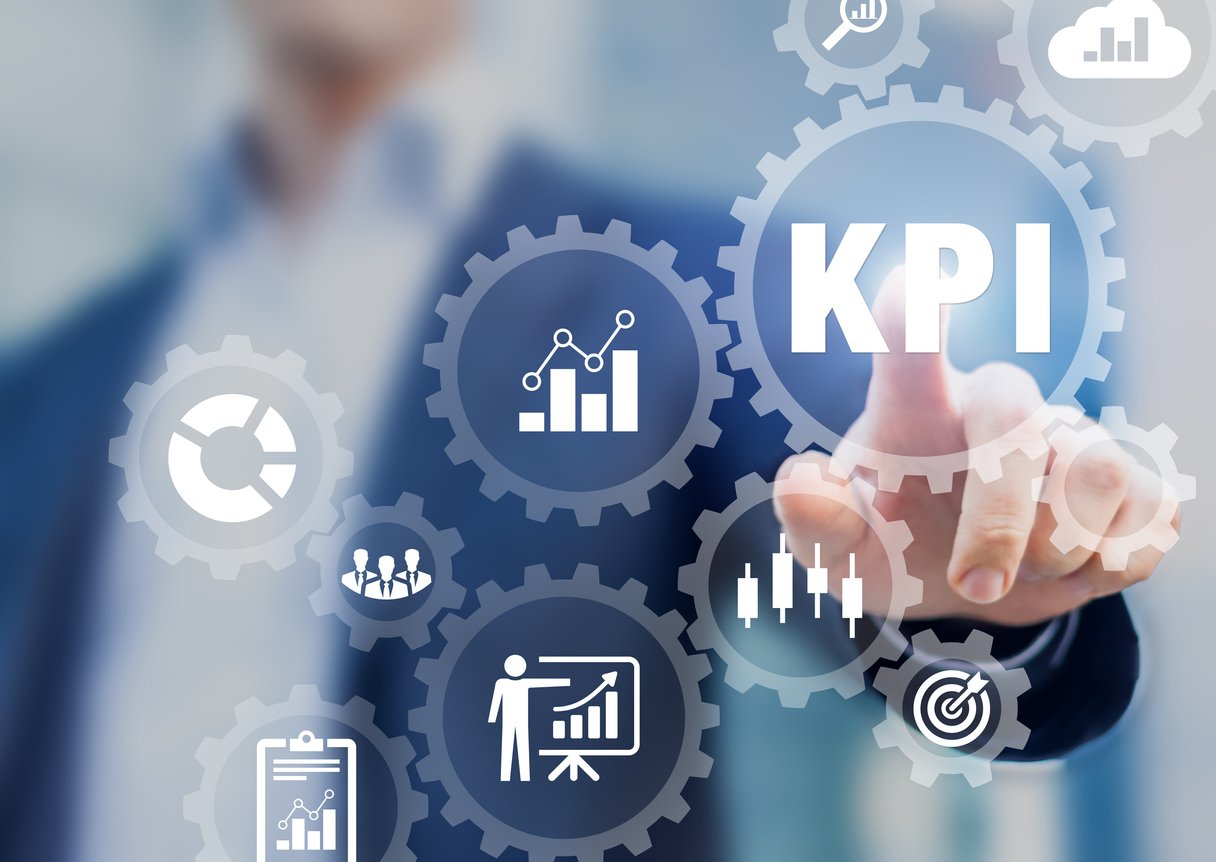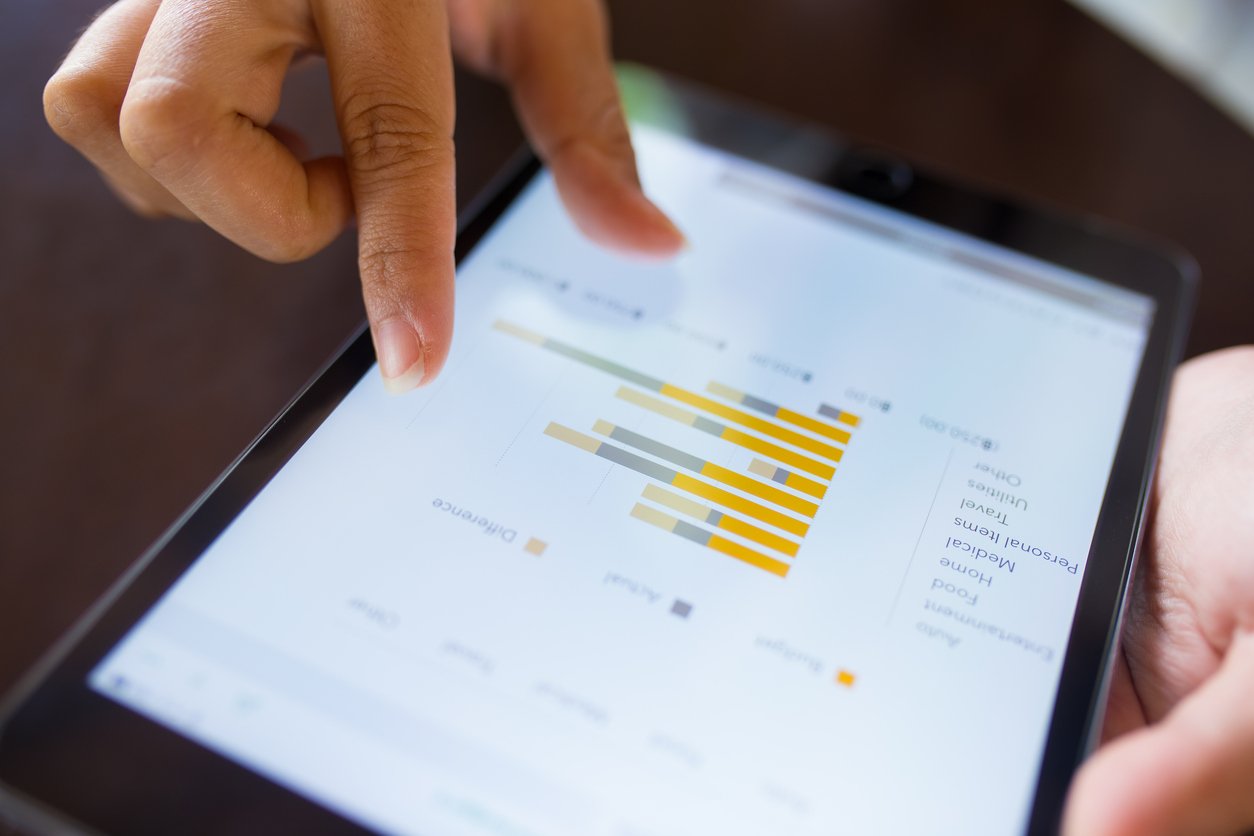
Building an Effective Sales Funnel Website: Strategies & Best Practices
 Updated on
Updated on
 By Robins Dorvil
By Robins Dorvil
Robins Dorvil
With over 7 years of experience in the insurance industry, 4+ years as an Account Executive at Ringy CRM, and 17 years as a Creative Real Estate Inves...
learn more
Robins Dorvil
With over 7 years of experience in the insurance industry, 4+ years as an Account Executive at Ringy CRM, and 17 years as a Creative Real Estate Inves...
Table of Contents
Table of Contents
In the digital age, a website is like a shop window—great for catching attention but not always ideal for getting people through the door (or clicking that "buy" button).
Conversely, sales funnels are like charming salespersons who greet visitors, explain the value of your product, and gently guide them toward a purchase.
This guide will clarify the key differences between these approaches and show how a sales funnel website can turn your online window shoppers into loyal customers.
Let's ditch the cobwebs on traditional websites and step into the future of attracting, engaging, and converting your audience.
Difference Between a Traditional Website and a Sales Funnel Website

You're probably thinking, "What's the difference between a sales funnel vs website?"
Think of a website as a bustling marketplace - full of information but overwhelming if you're looking for something specific. Sales funnels are like having a friendly salesperson guide you toward the perfect product and make the buying process a breeze.
We'll break down the key differences so you can choose the right approach for your business.
|
Aspect |
Traditional Website |
Sales Funnel Website |
|
Purpose & Goals |
|
|
|
Structure & Navigation |
|
|
|
Content & Design |
|
|
|
User Experience (UX) |
|
|
|
Marketing Integration |
|
|
Choosing between a website and a sales funnel is like picking the right outfit for an event. A website is like a well-stocked closet, great for exploring options. But a sales funnel is like a personal stylist, guiding you towards a specific goal—looking fabulous (becoming a customer) for the big night (conversion).
The best choice depends on your style (business goals), but sometimes, both outfits (website and funnel) can be a winning combination.
Key Components of a Sales Funnel Website

Imagine building a web sales funnel like throwing an unforgettable party. You need the key ingredients: fun activities (clear messaging), a smooth flow (easy user journey), and delicious treats (enticing offers).
Get the mix right, and your website will become the party destination where everyone wants to hang out (convert into customers!)
Landing Pages
Sales funnel landing pages for you, for example, as an insurance broker, are like having a digital brochure specifically for business interruption insurance. Forget the generic website with pages on every policy under the sun.
These sales funnel landing pages target a specific pain point: What happens if a fire or storm forces your client's business to close?
It grabs their attention with a:
- Compelling headline
- Visuals showcasing financial risks
- A solution to the client's problem
But instead of being a fear-mongering tactic, it positions you as the hero, offering a solution.
The landing page goes beyond just explaining the product. It provides valuable resources – a downloadable guide on navigating business interruption claims or a real-life case study of how you helped a local business recover after a disaster.
By showcasing your expertise and providing valuable information, the landing page becomes a powerful tool for attracting clients who need what you offer – peace of mind and financial security in the face of the unexpected.
Lead Capture Forms
Lead capture forms are like those friendly conversation starters at a party. You know, the ones that say, "What brings you here?" or "Tell me about yourself!" These forms help you gather information from potential clients – their names, email addresses, and maybe even what kind of product or service they're interested in.
It's all about keeping the conversation going and learning more about how you can help them. This information is like gold – it allows you to nurture these leads, send them helpful resources, and ultimately guide them toward becoming happy customers.
Call to Actions (CTAs)
CTAs are like those irresistible dessert displays at restaurants. They're not pushy waiters demanding you order something but a tempting glimpse of what awaits you next.
These strategically placed buttons could say one of many things, including:
- Download our free guide
- Get a quote
- Request a demo
CTAs help nudge visitors toward the next delicious step in the funnel. Think of them as little arrows pointing towards valuable resources and a solution to their insurance woes.
Thank-You Pages
Thank-you pages are like that warm handshake you get after a successful meeting. You've filled out a form, downloaded a guide, or gotten a quote – and the thank-you page is your chance to say "thanks for stopping by!"
It's not just a formality, though.
A good thank-you page keeps the conversation going (with the help of marketing automation.)
Maybe it offers additional resources related to their inquiry or points them toward the next step in the process. It leaves them with a positive impression and a clear path forward – all wrapped up in a virtual high five!
Planning Your Sales Funnel Website

Building a sales funnel or lead generation website is like planning a road trip. You wouldn't just jump in the car and hope for the best, right?
Here's your roadmap to success:
Defining Goals and Objectives
Picture your sales funnel as a treasure hunt. Before you set off, wouldn't you know exactly what you're looking for? The same goes for your website. Setting clear, measurable goals (SMART goals) is like having a treasure map—it tells you what success looks like.
This sales plan could be anything from finding a specific number of new leads (think buried chests full of email addresses) to boosting sales by a certain percentage (unearthing a hidden discount code). The key is to make these goals specific and measurable.
Don't just say "get more customers" – aim for something like "increase quote requests by 20% within the next quarter." With a clear map and defined goals, you'll be well on your way to turning website visitors into happy customers.
Target Audience Identification
Imagine you're planning a surprise party for your best friend. You wouldn't just throw up some generic decorations and hope for the best, right? You'd want to personalize it! Understanding your target audience for your sales funnel is like getting to know your best friend's taste. What are their pain points? What kind of worries keep them up at night?
By truly understanding their needs, you can create content and design elements that resonate with them. Think of it as crafting the perfect party atmosphere that makes them feel comfortable, understood, and (hopefully) ready to celebrate with a new insurance plan!
Customer Journey Mapping
Think about it: you wouldn't throw your visitors into a maze with no clues, right? Mapping out the customer journey is like creating a clear path through your website.
Here are three simple steps to begin mapping out the customer journey:
- Start by considering where they are at first (vaguely aware they need insurance or a software solution).
- Then, identify key customer touch points (landing pages with helpful info) that guide them through the process (learning about different plans and getting a quote).
- Finally, make sure the "conversion" – becoming a customer – is a smooth and satisfying conclusion to their adventure.
Planning this journey carefully will turn website visitors into happy, insured customers.
Content Strategy
Your web design sales funnel shouldn't be a one-size-fits-all experience. Think of it like a choose-your-own-adventure story!
At each funnel stage (awareness, consideration, decision), you want to offer content that caters to the visitor's specific needs. Early on, landing pages with clear explanations and blog posts addressing common concerns can spark their interest.
As they progress, targeted sales email sequences offering personalized quotes or in-depth guides can nudge them toward making a decision.
Providing the right content at the right time will keep visitors engaged and guide them toward becoming customers.
Driving Traffic to Your Sales Funnel Website

You built a beautiful sales funnel website – like a stunning storefront with all the right products on display. But if nobody walks through the door, it's a quiet day.
Here's how to get people browsing.
Search Engine Optimization (SEO)
Think of your SaaS product as a hidden gem waiting to be discovered. You've built something unique, but if nobody knows it exists, it'll be lost in the crowd.
SEO is like putting up clear signs and directions to your sales booth.
By using relevant keywords (think search terms like "project management or sales software") and making sure your website is mobile-friendly (because everyone uses their phones!), you're making it easier for potential customers to discover your product.
The better your SEO, the more organic traffic you'll attract, transforming curious online strollers into loyal customers for your amazing SaaS product.
Paid Advertising
Your sales funnel website is looking sharp, but sometimes, you gotta give it a little push to get people through the door. PPC campaigns are like throwing a targeted block party to introduce your SaaS product to the right kind of people.
Here's the plan:
- Who Are You Inviting? Picture your ideal customer. Are social media whizzes running their own businesses or data gurus managing marketing campaigns? Understanding who needs your product most is key.
- Pick the Perfect Hangout Spot: Think Google Ads for reaching people searching for broad terms related to your product or social media ads for finding folks with specific demographics. Match your ideal customer with the platform they use the most.
- Craft a Killer Invitation: This is your chance to shine online! Highlight the benefits of your SaaS product in a way that makes people say, "Wow, I gotta see this!" Think of it as a captivating flyer that convinces people to visit your website and explore what you offer.
With PPC campaigns acting like those targeted party invites, you'll attract relevant people to your sales funnel. The more folks who see your message and come check out your website, the more potential customers you have ready to explore (and hopefully become happy, paying users of your SaaS product!)
Social Media Marketing
Building a sales funnel website is like setting up a booth at a busy market. You have an incredible product, but it'll be a quiet day if nobody knows you're there.
Social media platforms are your chance to spread the word!
Share valuable content that solves your target audience's problems, like blog posts with helpful tips or eye-catching infographics.
Don't just broadcast – engage with your audience by:
- Responding to comments
- Answering questions
- Participating in relevant conversations
By becoming a helpful and friendly presence online, you'll attract curious visitors to your social media pages. From there, it's a natural step to guide them toward your sales funnel—the virtual booth where they can learn more about your services or products.
Content Marketing
Feeling like your remote sales team is stuck in a dead zone, struggling to connect with potential clients?
Valuable content is your signal booster! Imagine creating a library of resources that acts like a powerful radio wave, reaching out and grabbing the attention of prospects who need your services.
This could be informative blog posts packed with insights on challenges faced by companies today. Think of content that showcases your expertise in solving those challenges, specifically for your target audience. For example, create guides on implementing successful integration strategies or overcoming the limitations of virtual communication.
Engaging videos highlighting testimonials from satisfied clients who benefited from your products or services can also be highly effective.
By consistently creating content that addresses your target audience's pain points and demonstrates your value proposition, you'll attract new clients actively looking for your solutions.
Email Marketing
Your website attracts visitors, but converting them feels like arguing a case with a deadlocked jury. Here's where building an email list becomes your secret weapon.
It's like a direct line of communication with potential clients, like a trusted legal advisor whispering insights in their ear. Offer downloadable guides on navigating complex legal battles relevant to your practice area, for example, a "Landlord's Guide to Eviction Procedures" or a "First Steps After a Car Accident" checklist.
In exchange for their email address, you provide them with a valuable roadmap through a confusing legal situation.
Once you have their attention, craft targeted email campaigns. These aren't generic press releases but tailored arguments that address their specific legal needs.
For example, an email to someone facing a contract dispute might receive insights into recent court rulings relevant to their situation, while a potential client navigating a real estate deal gets access to an exclusive webinar on property law specific to their state or area.
Sales Funnel Website - Final Thoughts

Creating a sales funnel website can significantly enhance your online marketing efforts and improve conversion rates.
Understanding the differences between a traditional website and a sales funnel website while implementing the marketing and sales strategies outlined in this guide can help you build a powerful sales funnel that drives growth for your business.
Don’t forget to leverage tools like Ringy to optimize your funnel with advanced features like VoIP calling and sales pipeline management. Start building your sales funnel website today and watch your business thrive!
Request a demo to find out more.

Skyrocket your sales with the CRM that does it all.
Calling? Check. SMS? Check. Automation and AI? Check. Effortlessly keep in touch with your customers and boost your revenue without limits.

Take your sales to new heights with Ringy.
Sales in a slump? Ringy gives you the tools and flexibility you need to capture leads, engage with them, and turn them into customers.
Subscribe to Our Blog
Enter your email to get the latest updates sent straight to your inbox!
Categories
Related Articles
























































































